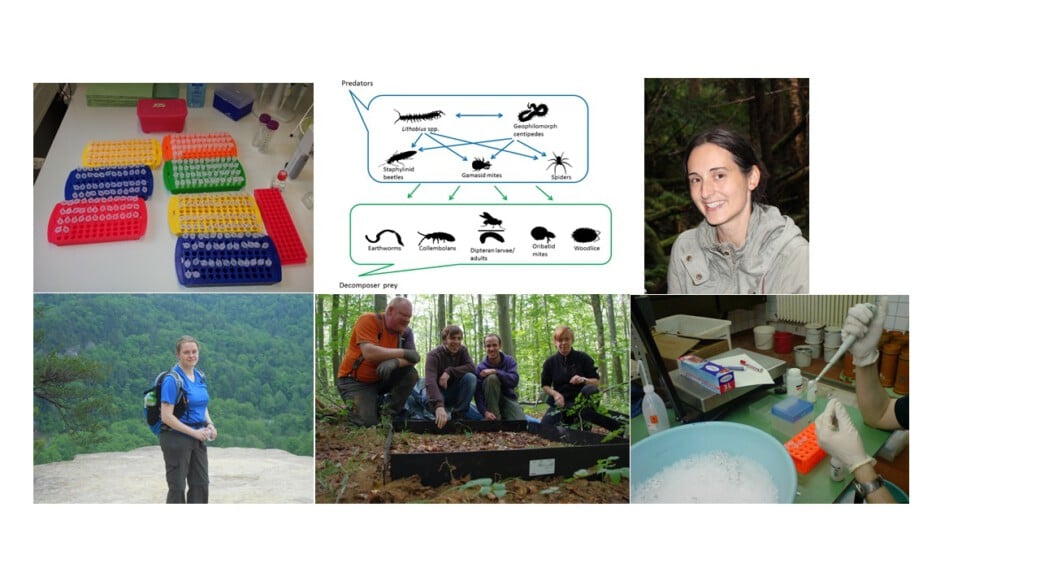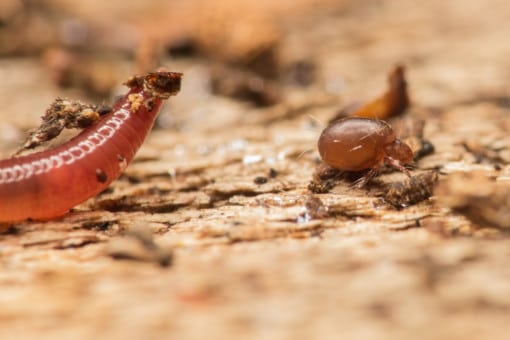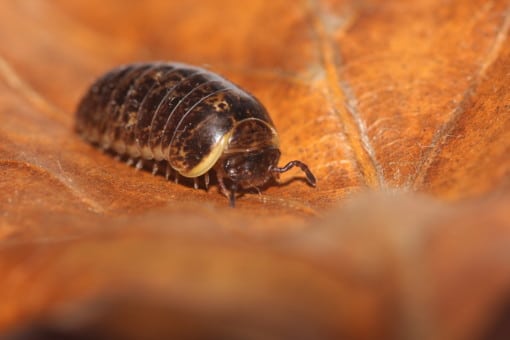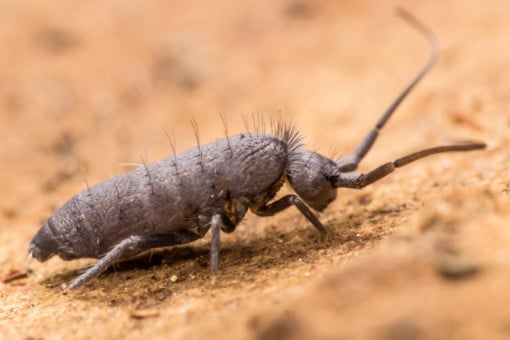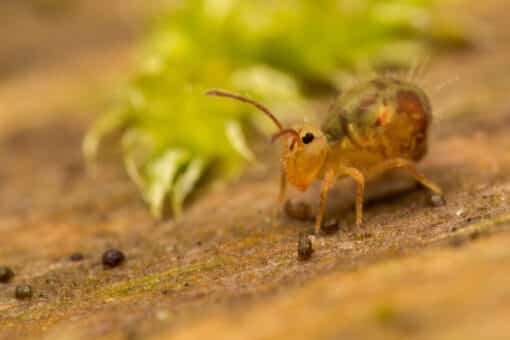Changes in soil food web structure of the decomposer system with land use intensity in forest systems
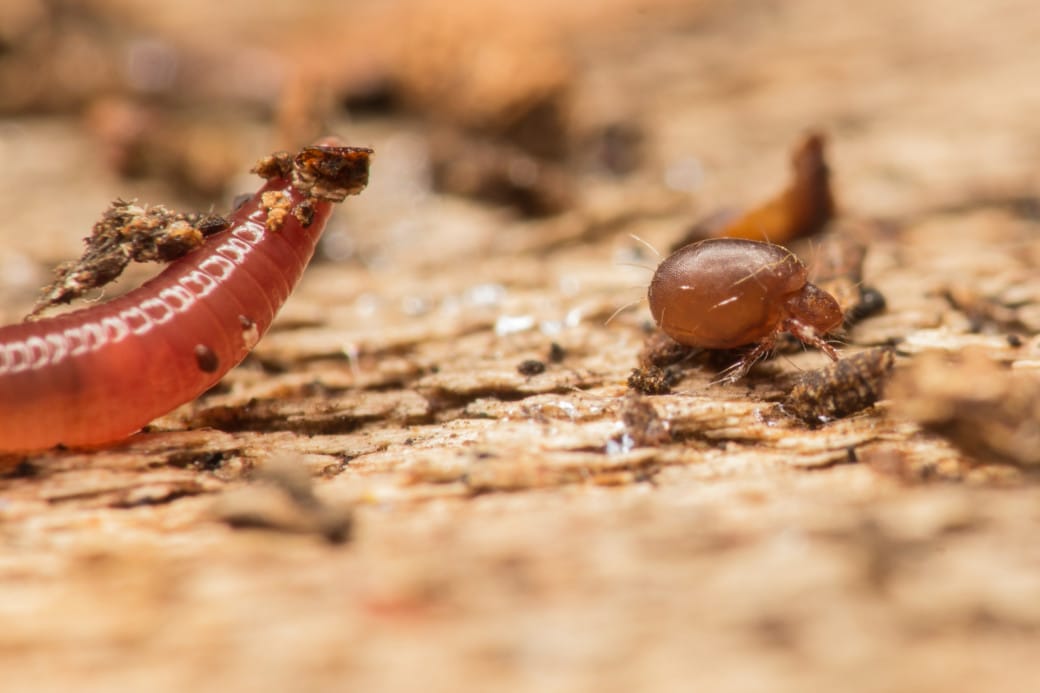
In our project “LitterLinks“, we investigate the effect of forest land-use on structure of soil animal communities and their trophic interactions. Soil food webs are an essential part of terrestrial ecosystems and closely linked to aboveground systems. In soil, animals act as decomposer of dead organic matter, as root feeders or as ecosystem engineers, which improve soil structure by mixing soil layers. Despite their important roles we know little about these creatures and their interactions, much due to their small size, high diversity but also their opaque lifestyle.
The goals of this project are two-fold: First, we characterize the animal communities of the soil and litter layer in differently managed forests and record shifts in abundance and diversity over time. We then use these data to study trophic relationships of key species, their trophic position and their food resources.
In our “trenching-experiment”, we want to investigate the importance of above-ground processes for structure of the soil food web. By cutting tree roots we stopped flow of root exsudates into soil, thereby reducing an important nutrient resource for mycorrhizal fungi and bacteria which will eventually alter the microbial and animal community.
- Land-use change alters composition of animal decomposer community in a predictable way.
- Land-use change has only little effect on type and strength of trophic interaction between decomposer animals and their food resources.
We record abundance and diversity of soil animals using heat extraction of soil cores. To characterize land-use types we also record biotic and abiotic factors, such as microbial biomass, soi pH and litter mass.
To analyse trophic interactions we employ three different methods, which allow us to illustrate the soil food web in unmatched detail: We use stable isotope analysis (ratios of 13C/12C- and 15N/14N) to identify trophic level and basal resources of soil animals. Fatty acid analysis shows if a consumer is linked to the bacterial or fungal pathway in soil. PCR-based molecular gut content analysis detects prey DNA in the guts of animal consumers and allows species-specific tracking of trophic interactions. This method will also be used to screen guts of collembolan and oribatid mites for mycorrhizal fungi, soil algae and nematode prey and to assess their respective importance in differently managed forests. All these data will then be used to model whole food webs and to assess effect of land-use on structure and dynamcis of soil animal communities.
